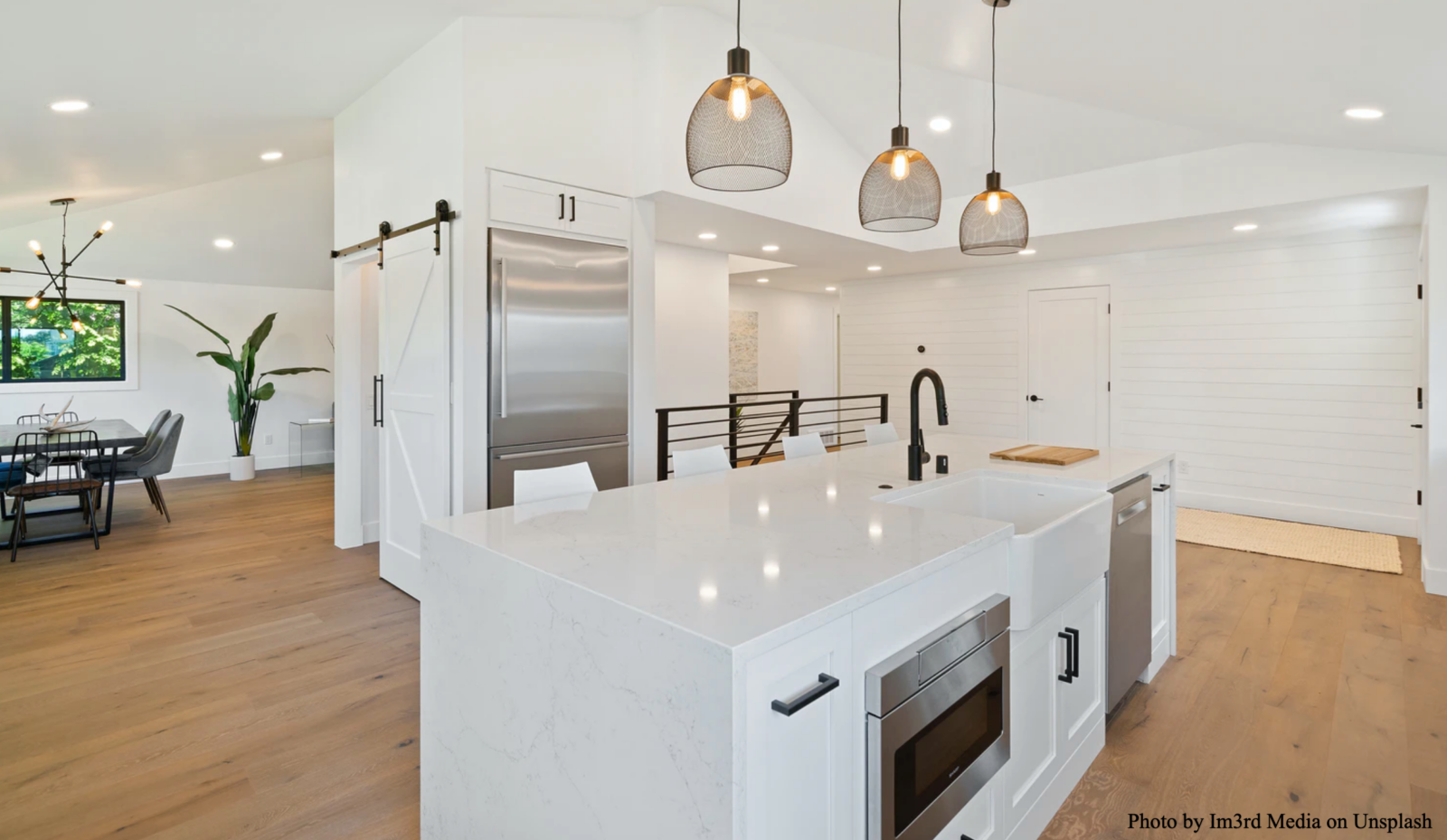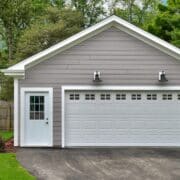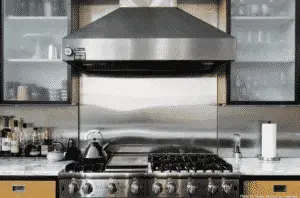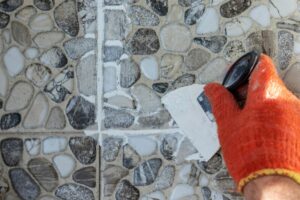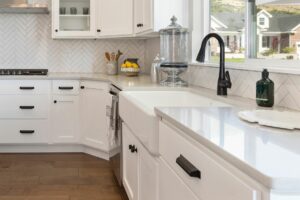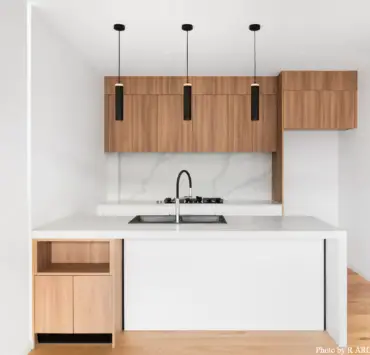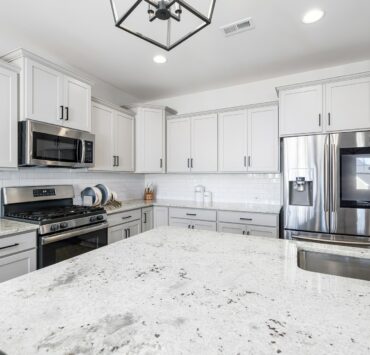Water, steam, daily wear and tear, and aggressive materials can compromise the structural integrity of the kitchen countertop. Unfortunately, kitchen countertops are not something you can replace every other year. Even after the best maintenance, you might end up with a damaged countertop. Hence, you will have to repair your countertop if you don’t want to spend thousands of dollars. Let’s have a look at the steps you can take to repair kitchen countertops.
Why Should You Repair a Countertop?
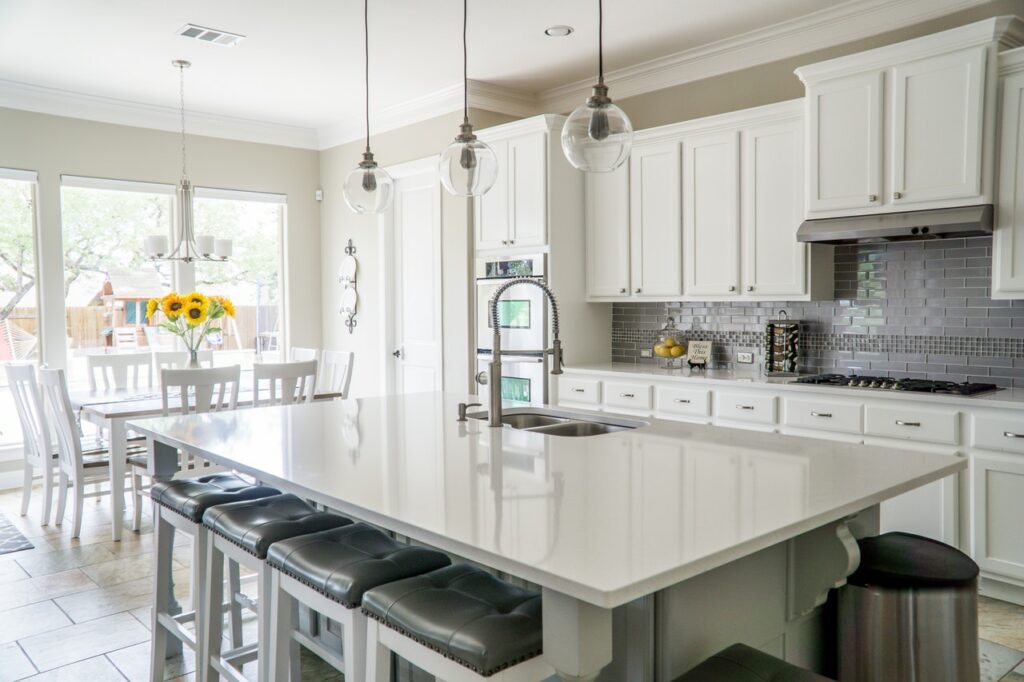
The kitchen is often the room that sees the most activity in any household. That’s the reason it’s subject to greater wear and tear than other environments of the house. And if you ask about the busiest place in the kitchen, it’s undoubtedly the countertop – from cooking to cutting or chopping food items, the countertop witnesses tons of activities. Hot pans, water, steam, degrading detergents put a toll on its furnishing, resulting in damages.
In the event of damage or wear, the most suitable solution is replacing the countertop and installing a new one. However, kitchen countertops cost a lot- one that is not always within budget.
The next feasible solution is to repair kitchen countertops. Now, your countertop won’t be new again, but the repair work will be barely noticeable in most cases. Depending upon the material of the countertop, here are some home repair ideas you can use to bring your kitchen countertop back to its normal state.
Laminate Countertop
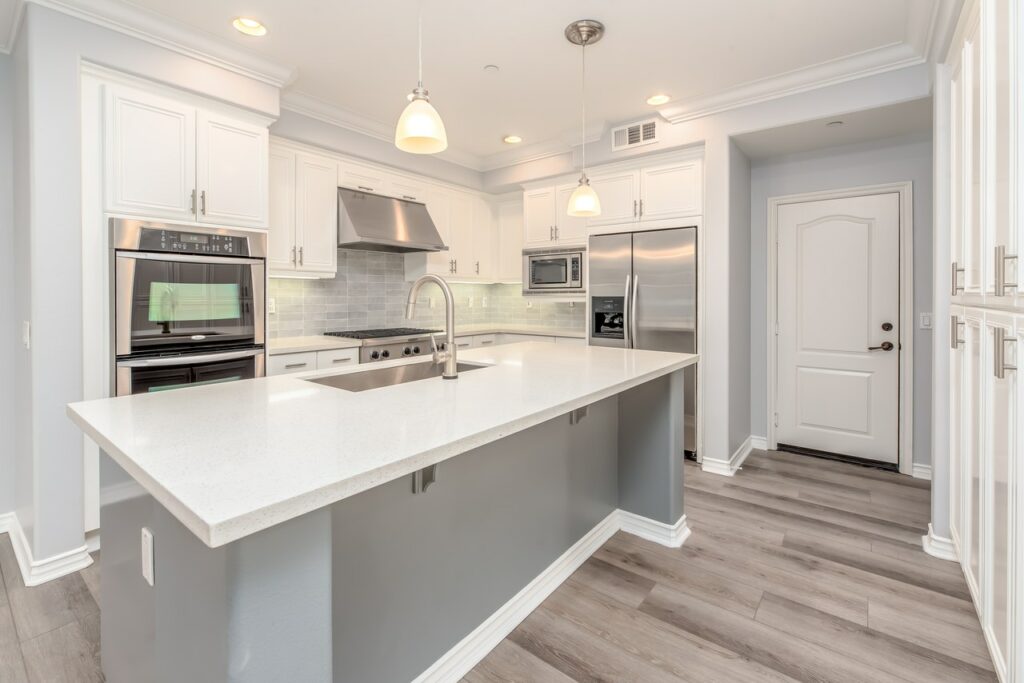
In recent years laminates have improved a lot in terms of quality and durability. However, they still damage easily. Another disadvantage is the repair work. Unfortunately, if you have damaged your laminate countertop, there is no way to revert it to its original state.
For the repair, what you can do is cut away the damaged section. Now fill the space with the same-looking laminate. There is special glue available in the market that would perfectly fix the added laminate part.
Although it will fix the damage to some extent, the repair work will be evident.
Quartz, Granite, or Concrete Countertops
Quartz, granite, or concrete countertops are highly durable and resistant. However, the impact of heavy objects could cause the surface to crack or chip away, usually from the corners. Here’s how to repair kitchen countertops that are made of these natural materials.
While the damage itself could be an inconvenience, the good news is that it is possible to apply a nice non-visible repair in most cases. The best option here is to contact any supplier of these countertop materials. Generally, these suppliers also extend their services to repair work. A technician will come to your place and do the necessary repair work – nice and easy.
If you are a bit of a DIY enthusiast and want to attempt to reinvent the countertop – there are many stone countertop repair kits in the market. Take, for instance, granite repair kits such as the chipping and filling kit. Proceed with the instructions given – it generally includes mixing the dry stone, adding the binder, and applying it to the damaged area.
Wood Countertop
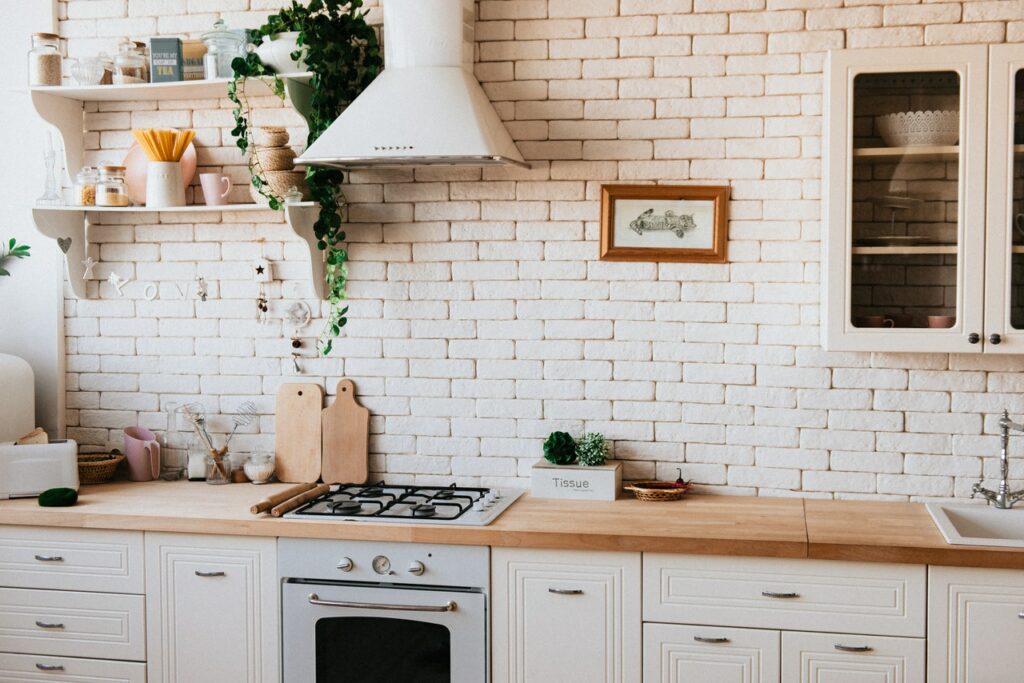
Wood holds a natural charm that is hard to resist, and wooden countertops have a natural appeal to them. However, wood is vulnerable to cuts and scratches and can burn if you put a hot pan or something directly on it.
Now, although wooden countertops can damage easily, they are equally easy to repair as well. A simple sanding of the upper surface and an oil treatment could bring its old, rustic charm back. There are also a variety of wood polishes available to make the surface nice and shiny again. In case of a burn, you can apply the same procedure as mentioned above.
It will be enough; however, sanding would be of little help if the burn is deep. In that case, call an expert and see if it’s possible to remove the damaged portion and insert another block of wood to fix the damage.
Chipboard Countertop
If your countertop is neither stone nor wood but of chipboard, you need a different approach to repair. Start with sanding the surface to make it clean and even. Now, to fill up the holes and to make surface level, apply ceramic putty. Next, apply paint to hide the patchwork. or any other minute damage to the surface. Two coats will be best and use a roller for an even finish.
The repair work is moderate and could last some time. By carefully applying ceramic putty and coating it with paint, you can have a fresh-looking countertop.
Ceramic Tiles Countertop
Ceramic tile countertop is perhaps the easiest to repair. While ceramic tiles do provide excellent resistance against heat and humidity, they are prone to breakage. But the good news is, it’s the easiest to repair too. You won’t be fixing the broken tile, though! Instead, you will be replacing the whole tile and inserting a new one. What you have to do is procure a tile of the same design, pattern, and size. Any tile supplier could provide you with what you need.
Now carefully remove the damaged tile. Be extra vigilant, though; else, you will damage the surrounding tiles too. Glue the new in the required place and apply the mortar to the joints. In case you are not comfortable with the procedure, you can always take the services of experts. Ceramic tile countertop repair is always easy to replace a broken tile and rarely leaves any repair sign.
Corian Countertop (Solid Surface)
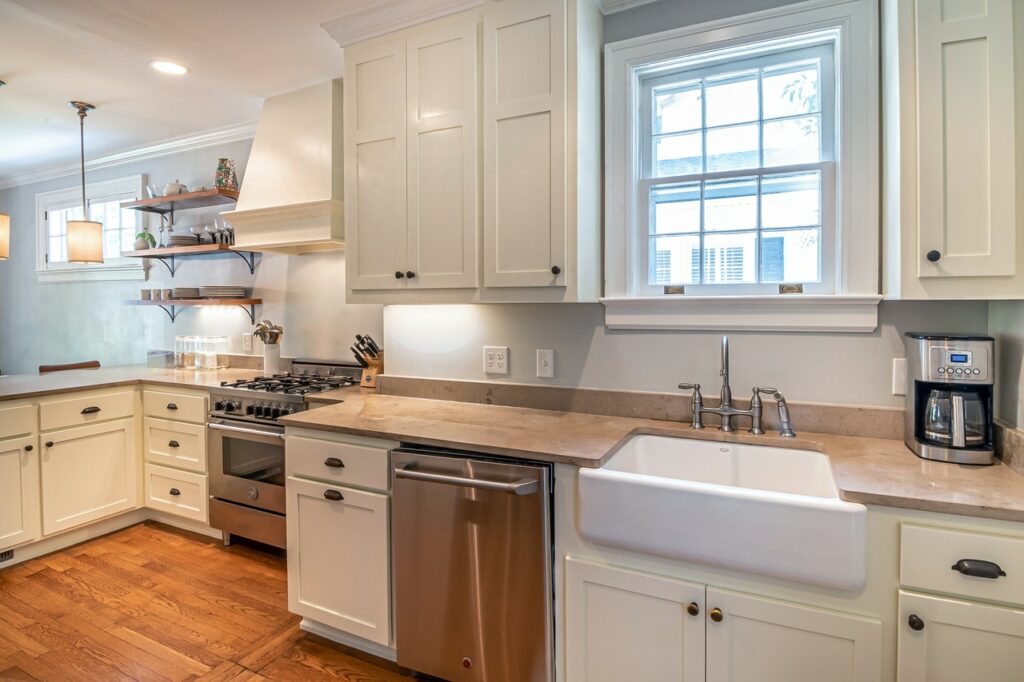
The latest generation kitchen countertop material, Corian or solid surface, is one of the easiest to repair kitchen countertops. Interestingly, a simple DIY approach could be enough. However, for any significant damage, it’s always better to bring in expert technicians.
Cuts, bruises, or scratches on the surface of the Corian countertop are simple to fix. What you need is fine-grit sandpaper. Start with slight buffing of the surface. Now depending upon the need, you can increase the effort or change the sandpaper. Minor cuts and bruises will easily go away with this repair work, and you will have a perfect surface again with no visible repair work.
Any damage that is more prominent than this may need expert intervention. Look for a certified technician for the particular solid surface your countertop is made of.
